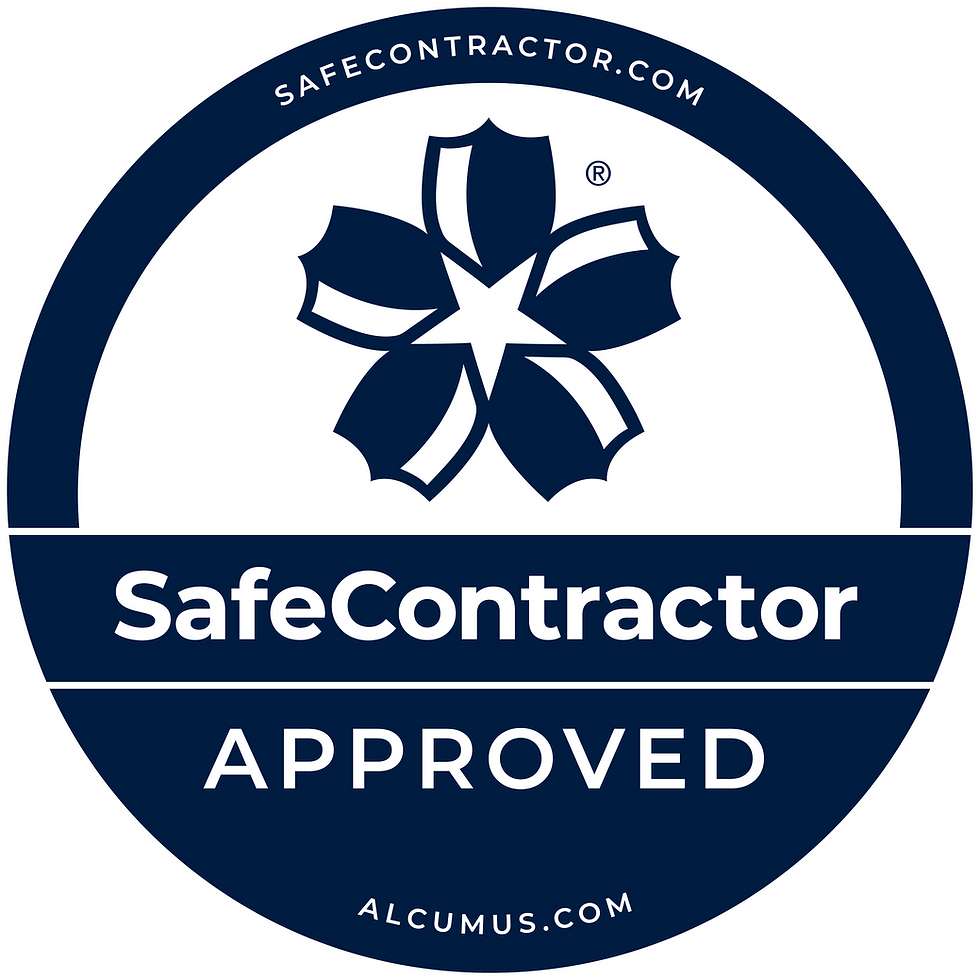Emergency at Cliveden House: Iconic parties, scandalous affairs and state-of-the-art emergency lighting
- Nick Lawler
- May 8
- 4 min read
Updated: Jul 21

Ben Harvey and James Barnaby, two of MEL’s approved electricians, recently completed a six-month project installing around 200 emergency light fittings.
Before we get into the detail, Cliveden House, a Grade I stately home set upon 376 acres of beautifully presented National Trust gardens on the banks of the River Thames in beautiful Berkshire. Just 40 minutes from London and 25 minutes from Heathrow, Cliveden is operated by Iconic Luxury Hotels as a five-star Relais & Châteaux hotel and spa.
Cliveden House was built in 1666 by the 2nd Duke of Buckingham, as a gift to his mistress. Cliveden’s story is one of over 350 years of powerful personalities, iconic parties and scandalous affairs, most infamously the Profumo affair in 1963 which led to the resignation of Prime Minister Macmillan and subsequent defeat of the Conservative party in the 1964 general election. Through history Cliveden has remained a pinnacle of intrigue and glamour but nowadays, under the management of Iconic Luxury Hotels, Cliveden makes the perfect romantic setting for couples looking for a retreat.
Given the history of Cliveden and the responsibility of the National Trust to preserve and maintain our nation’s heritage, this was a sensitive installation. Our client, Iconic Luxury Hotels were also rightly concerned about the impact this work would have on the building and the business. We gave them a tour of our recently completed Eton College Chapel lighting project to put their mind at rest, showcase the installation at Eton and demonstrate our competency in this field.

The attention to detail was off the scale. We carried out the supply and installation of Clevertronic’s Zoneworks XT HIVE System in accordance with Clevertronic’s design. Every single one of the 200 light fittings was RAL coloured to match the existing décor in each location to minimise aesthetical impact.
Clevertronics prepared a detailed case-study on the installation reporting that:
"The 100% wireless HIVE system eliminated the need to run cables through difficult or inaccessible areas, preserving the building’s structure and significantly reducing installation time.... The L10 Nanophosphate battery technology provided a 12-year design life, removing the need for maintenance or battery replacements for over a decade. Combined with HIVE’s automated testing and real-time monitoring, the system delivered a complete compliance solution that removed the manual burden of ongoing emergency lighting checks and reporting."
The emergency lighting system installed at Cliveden House is designed to provide reliable and efficient illumination in the event of power outages or emergencies, ensuring the safety and security of all occupants.
The client was very impressed how the MEL team respected the building during installation and how there was minimal disruption throughout the works.
We exceeded expectations and Iconic Luxury Hotels have asked us to look at other projects across their hotel portfolio. We would happily spend more time at Cliveden in the future. We also wouldn’t say no if we were offered a working holiday at their hotel in Venice!
Want to find out more about Emergency Lighting?
Emergency Lighting Regulations – What You Need to Know
While projects like Cliveden House come with unique challenges, the importance of getting emergency lighting right for any business is universal. Whether managing a listed building, a school, an office block, or anything in between, the rules around emergency lighting are specific.
Not to mention they’re there for a reason.
Why it Matters
Emergency lighting automatically kicks in when the power fails. Put simply, it’s there to guide people safely out of a building and includes illuminated exit signs, lighting along escape routes, and coverage in open areas where people might otherwise panic.
It's aim is simple. Get everyone out of the building quickly and safely - even when covered in complete darkness.
In the UK, emergency lighting is a legal requirement under the Regulatory Reform (Fire Safety) Order 2005 and must also meet the standards set out in BS 5266.
These regulations apply to most public buildings and workplaces from hotels and hospitals, to schools, offices, and even apartment blocks.
Key areas that must be covered include:
All designated escape routes and exits
Staircases and level changes
Toilets over 8m² and windowless rooms
Fire alarm points and fire-fighting equipment
Corridor junctions and directional changes
High-risk task areas and rooms over 60m²
Types of Emergency Lighting
There are a few different systems, depending on the building and its use:
Maintained – always on, even during normal use (common in public spaces)
Non-maintained – only comes on during a power failure
Combined – includes fittings that provide both types of lighting
All systems must be bright enough to guide people to safety, typically around 1 lux along escape routes, and slightly lower in open areas.
Many emergency light systems are battery-powered, either via a self-contained unit or a central battery system, but it's incredibly important to test these systems regularly.
Monthly: A quick ‘flick test’ to check they come on as expected
Annually: A full-duration test (usually 1–3 hours) to ensure the batteries can hold charge for long enough
It's advised that each company, school, building manager or whoever is in charge to elect some sort of 'responsible person' who should oversee the testing and record-keeping of such inspections.
Not just because it's a legal requirement included within fire-risk assessments, but also for the general safety of everyone in the building.
Emergency Lighting Solutions at Maidenhead Electrical Ltd.
Whether you're a listed and historical building, or a large business, emergency lighting is a legal requirement. It's a complex fit particularly with the amount of lights requirement, their placement and overall electrical wiring.
We'd be happy to take you through how to effectively, and efficiently, solve your electrical lighting issues - just send us an email.
.jpg)


